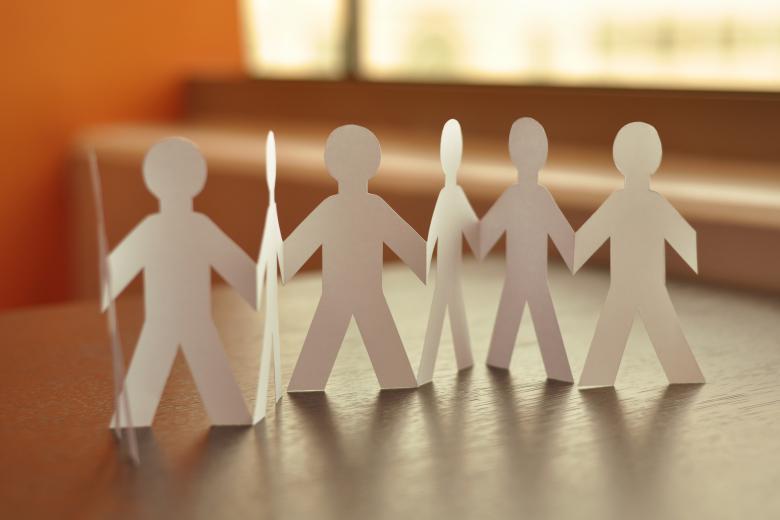- +1 624 518 1345
- [email protected]
Social Culture in the United States
By Annie Rose Stathes
The United States is a large country with a diverse social culture. However, there are some social characteristics and ideals that span the breadth of social cultural identities in the United States.
All people are considered equal. In the United States, all people are considered equal. While divisive notions based on class, race, gender, and sexuality do exist, they aren’t embraced or necessarily accepted by the general public. Ideally, and in theory, all people in the U.S. are equal and therefore deserve 100 percent equal treatment.
Discrimination is not acceptable and is often times illegal. Because people in the United States are considered equal, it is considered bad form to discriminate. Speaking poorly of people or treating them differently because of perceived differences is not acceptable and is entirely offensive in most social circles. In many cases, discriminating against people because of age, race, class, gender, sexuality, or any other social assignment is illegal and punishable by law. More information about laws enacted to prevent discrimination can be found here.
Because the United States is so diverse, social norms can vary by family, social circle, community, city, state, or region. One thing to know about social norms in the United States is that there are no concrete social norms. This is for three main reasons: first, the United States’ inception came through a collective of cultures and through time, that cultural diversity has been embraced as one of the United States’ key characteristics. Second, the United States is large and, because of a series of historical events and migrations, divided by cultural regions that each embrace and express different social norms. Third, the U.S. Constitution guarantees certain freedoms that have allowed citizens of the U.S. to declare and establish a multitude of ideas, beliefs, and practices that have come to be understood as social norms. Because of these three things (and other events and circumstances—taking U.S. history classes will help you fully understand why the U.S. is the way it is), people in the U.S. express and embrace a huge array of social “norms”. The most “normal” social attitude in the U.S. as it relates to this phenomenon is to accept the country’s wide variety of social norms. While you certainly aren’t expected to embrace or even agree with every social norm you encounter, you are expected to allow people to live life as they want to live it, even if their way of life seems distinct from or incompatible with your own.
Participating in the Social Culture of the United States
One of the greatest opportunities afforded to students who travel and study internationally is getting to witness and experience lifestyles distinct from their own. To participate in U.S. social culture, and to engage in the opportunity to witness and experience a culture distinct from your own, follow the following guidelines:
- Be open-minded. Imagine that there is no “right” or “wrong” way to live—just different ways to live. Try to identify what is good and beautiful in every way of life, even if you don’t plan to embrace it in the long run.
- Be curious. Ask lots of questions, conduct research, and engage in conversations to better understand social norms and cultures distinct from your own.
- Be respectful. You don’t have to agree with every social or cultural norm you witness in the United States. In fact, you might be appalled by some of the social or cultural norms you witness in the U.S. You can, however, engage in a practice of respecting people’s rights to live the way they want to live.
- Be polite, courteous, and generous. In the United States, politeness, courtesy, and generosity are always welcomed and can be applied to any social setting. When in doubt, treat people well and with kindness.



This article provides a brief overview of the benefits of and differences between English as a Second Language (ESL) programs and Intensive English Programs (IEPs).
This article outlines the different types of US institutions and a few types to choose the best type for you.
This article outlines some of the United States’ most broad and common social norms and gives tips for interacting with them.
Learn more about the field of business administration, management, and operations in the U.S.
To master the TOEFL, one must practice and prepare for it over time. The following article provides advice for practicing and preparing for the TOEFL.